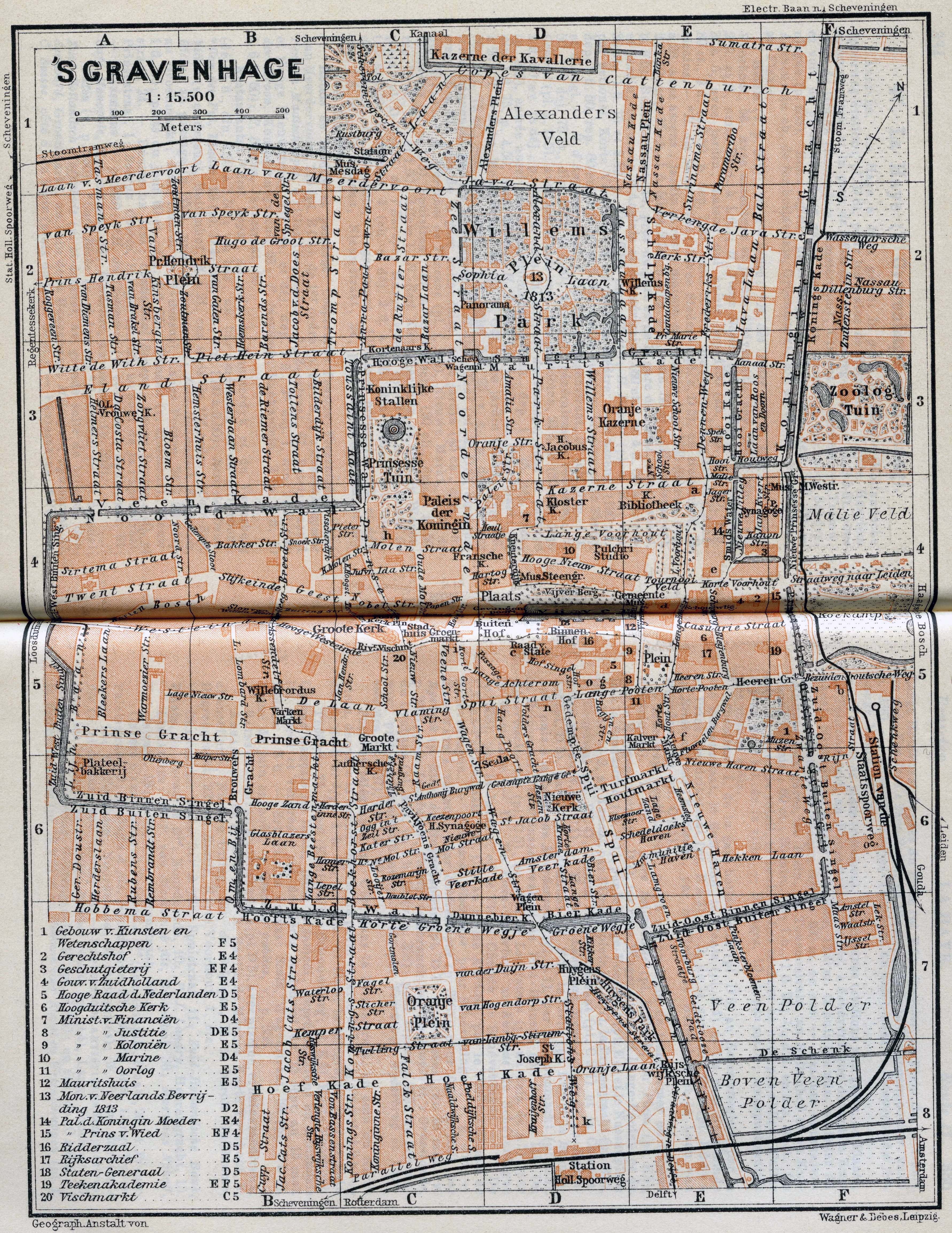Nieuwe Kerk (The Hague) on:
[Wikipedia]
[Google]
[Amazon]
The Nieuwe Kerk (; ) is a Dutch Baroque
 The church was designed by the architect Peter Noorwits, Rijksmonument report who was assisted by the painter and architect Bartholomeus van Bassen. The church is considered a highlight of the early Protestant church architecture in the
The church was designed by the architect Peter Noorwits, Rijksmonument report who was assisted by the painter and architect Bartholomeus van Bassen. The church is considered a highlight of the early Protestant church architecture in the
Protestant
Protestantism is a branch of Christianity that emphasizes Justification (theology), justification of sinners Sola fide, through faith alone, the teaching that Salvation in Christianity, salvation comes by unmerited Grace in Christianity, divin ...
church in The Hague
The Hague ( ) is the capital city of the South Holland province of the Netherlands. With a population of over half a million, it is the third-largest city in the Netherlands. Situated on the west coast facing the North Sea, The Hague is the c ...
, located across from the modern city hall on the Spui. It was built in 1649 after the Great Church had become too small. Construction was completed in 1656.
History
 The church was designed by the architect Peter Noorwits, Rijksmonument report who was assisted by the painter and architect Bartholomeus van Bassen. The church is considered a highlight of the early Protestant church architecture in the
The church was designed by the architect Peter Noorwits, Rijksmonument report who was assisted by the painter and architect Bartholomeus van Bassen. The church is considered a highlight of the early Protestant church architecture in the Netherlands
, Terminology of the Low Countries, informally Holland, is a country in Northwestern Europe, with Caribbean Netherlands, overseas territories in the Caribbean. It is the largest of the four constituent countries of the Kingdom of the Nether ...
. Like many churches of that time was the New Church, a central building. Unlike other central building, the church is no simple circular or multifaceted plan but there is a space of two octagonal sections which are connected by a slightly smaller proportion in which the pulpit was prepared. The Dutch Baroque architecture of the church shows elements of both Renaissance
The Renaissance ( , ) is a Periodization, period of history and a European cultural movement covering the 15th and 16th centuries. It marked the transition from the Middle Ages to modernity and was characterized by an effort to revive and sur ...
and Classicism
Classicism, in the arts, refers generally to a high regard for a classical period, classical antiquity in the Western tradition, as setting standards for taste which the classicists seek to emulate. In its purest form, classicism is an aesthe ...
. Two church bells by Coenraat Wegewaert in 1656 hang in their original bell-chairs, 100,2 cm and 81,5 cm in diameter. He also designed the clock.
The church has an organ built by the Dutch organ builder Johannes Duyschot (1645–1725) in 1702. The construction has left most of the pipework and the case. The organ was rebuilt in 1867 by one of the best organ builders of that time, the business of Christian Gottlieb Friedrich Witte. They adjusted the design of the organ to make it suitable for modern Romantic music.
Up until these canals in The Hague were filled in at the end of the 19th century, the church was accessed by boat or from the Wagenstraat on a square island between the Spui river, the St. Anthonisburgwal or Rotterdam Veerkade (the old trekschuit route to Rotterdam), the Stille Veerkade or Amsterdam Veerkade (the old trekschuit route to Amsterdam), and the Paviljoensgracht.
Concert hall
In the 20th century, acoustical adjustments were made to the interior in a modern face. In the thirties the church was notable as the most impressive building on the Spui, which was one of the streets in the Dutch game ofMonopoly
A monopoly (from Greek language, Greek and ) is a market in which one person or company is the only supplier of a particular good or service. A monopoly is characterized by a lack of economic Competition (economics), competition to produce ...
. The church was closed in 1969 after a long restoration and reopened as a concert hall.
Famous burials
The Nieuwe Kerk, or new church (first half 17th century), contains the tombs of the brothers De Witt and of the philosopher Spinoza. Spinoza's tomb is in the churchyard.References
{{Coord, 52, 04, 35, N, 4, 18, 54, E, region:NL_type:landmark_source:kolossus-dewiki, display=title Baroque architecture in the Netherlands Baroque church buildings Buildings of the Dutch Golden Age Churches in The Hague Netherlandish Baroque art Octagonal churches Protestant churches in the Netherlands Churches completed in 1656 Rijksmonuments in The Hague